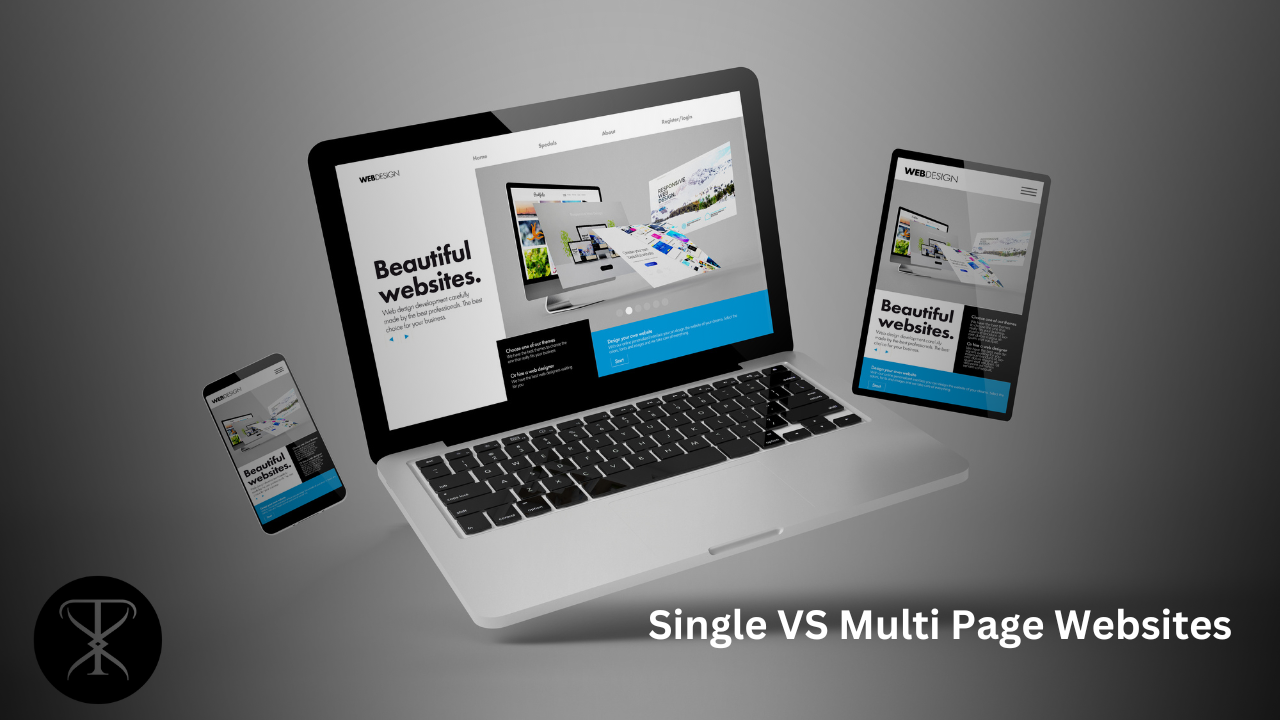| Introduction to Web UX | – The Definition of Web UX – Importance of Web UX in Today’s Digital Landscape |
| Key Principles of Good Web UX | – Simplicity – Consistency – Navigation – Responsiveness – Accessibility |
| The Role of User Research | – Understanding Your Audience – Methods of User Research |
| Designing for Usability | – Clarity in Design – Interactive Elements – Feedback and Error Handling |
| Optimizing for Speed and Performance | – The Impact of Loading Times – Techniques for Speed Optimization |
| Accessibility: Ensuring Web Inclusivity | – Importance of Accessibility – Implementing Accessible Design |
| Responsive Design for Multiple Devices | – The Need for Responsive Design – Best Practices for Responsive Web Design |
| Visual Hierarchy and Layout | – Establishing Visual Order – Effective Layout Strategies |
| Engaging Content Strategy | – Creating Valuable Content – Content Layout and Presentation |
| User Feedback and Iteration | – Gathering User Feedback – Using Feedback to Improve UX |
| The Impact of Color and Typography | – Color Psychology in Web Design – Typography and Readability |
| Navigational Design and Strategies | – Simplifying Site Navigation – Innovative Navigation Solutions |
| Call-to-Action (CTA) Buttons | – Designing Effective CTAs – Placement and Visibility of CTAs |
| The Importance of Trust Signals | – Enhancing Credibility through Design – Examples of Trust Signals |
| Testing and Analytics for Continuous Improvement | – A/B Testing – Web Analytics for UX Insights |
| Case Studies: Good vs. Bad Web UX | – Analyzing Successful Websites – Common Pitfalls to Avoid |
| Future Trends in Web UX Design | – Emerging Technologies and Their Impact – Predictions for the Future of Web UX |
| Conclusion: The Essence of Good Web UX | – Summarizing Key Takeaways – Final Thoughts on Enhancing Web UX |
7 Key Strategies for Enhancing Web UX in 2024
Web user experience (UX) stands as a pivotal aspect of your Texas digital product design, intricately determining the usability, accessibility, and overall satisfaction users derive from interacting with a website. This detailed exploration delves into the essence of good web UX, unraveling the core principles, effective strategies, and the undeniable impact of user-centric design on digital success.
Introduction to Web UX
The concept of Web UX encompasses every aspect of a user’s interaction with a website, from the ease of navigation to the emotional response elicited. In today’s digital-first world, a well-crafted UX can be the thin line between a successful online presence and a forgettable digital footprint. The importance of Web UX transcends mere aesthetics, influencing conversion rates, user retention, and ultimately, the credibility of a brand.
Key Principles of Good Web UX
Simplicity
The hallmark of an effective web UX lies in its simplicity. Websites that prioritize a clean, uncluttered interface allow users to navigate effortlessly, enhancing the overall user experience.
Consistency
Consistency in design, from color schemes to typography, fosters a sense of familiarity and reliability, making the user feel at ease across different parts of the website.
Navigation
Intuitive navigation is crucial for a good web UX. A well-structured menu, clear categorization, and a search function can significantly improve the discoverability of information.
Responsiveness
With the diversity of devices used to access the internet, responsive design ensures that a website provides a seamless experience across all screen sizes and platforms.
Accessibility
An inclusive web UX design makes the website accessible to users with disabilities, reflecting a brand’s commitment to diversity and equal access.
The Role of User Research
Understanding your audience is the foundation of creating a compelling web UX. Conducting user research through surveys, interviews, and usability testing provides invaluable insights into the needs, preferences, and behaviors of your target users, enabling designers to tailor the UX to meet these specific requirements.
Designing for Usability
A website’s usability is determined by how easily and efficiently a user can achieve their goals. Elements such as clarity in design, intuitive interactive elements, and immediate feedback contribute to a positive user experience, reducing frustration and increasing user satisfaction.
Optimizing for Speed and Performance
The speed and performance of a website are critical to retaining users’ attention. Optimizing images, leveraging browser caching, and minimizing code can dramatically reduce loading times, directly impacting user engagement and retention.
Accessibility: Ensuring Web Inclusivity
Web inclusivity means ensuring that everyone, including users with disabilities, can access and interact with your website. This encompasses adopting accessible design principles, such as providing text alternatives for non-text content, ensuring keyboard navigability, and using sufficient contrast ratios.
Responsive Design for Multiple Devices
The proliferation of mobile devices has made responsive design an indispensable aspect of web UX. A responsive website dynamically adjusts its layout and content to fit the screen size and resolution of the device it is being viewed on, ensuring a consistent and engaging user experience.
Visual Hierarchy and Layout
Establishing a clear visual hierarchy guides users through your content in a natural, logical flow. Effective use of size, color, and layout can highlight the most important elements, making the website not only aesthetically pleasing but also easy to navigate.
Engaging Content Strategy
Content is at the heart of web UX. High-quality, relevant content presented in an engaging and digestible format attracts and retains users, encouraging them to explore further and connect with your brand.
User Feedback and Iteration
The process of refining web UX is ongoing, driven by continuous user feedback. Implementing mechanisms for collecting feedback and conducting regular usability testing facilitates the iterative improvement of the website, ensuring that the UX remains aligned with user expectations and needs.
The Impact of Color and Typography
Color and typography are powerful tools in shaping the user’s emotional response and readability of content. The strategic use of color can evoke specific emotions, while clear, legible typography enhances comprehension and user engagement.
Navigational Design and Strategies
Effective navigational design simplifies the process of finding information, making the user’s journey through your website as intuitive as possible. Innovative solutions, such as mega menus or sticky navigation bars, can enhance usability and improve the overall UX.
Call-to-Action (CTA) Buttons
CTAs are crucial in guiding users towards desired actions, such as making a purchase or signing up for a newsletter. Designing clear, compelling CTAs that stand out on the page can significantly increase conversion rates.
The Importance of Trust Signals
Trust signals, such as SSL certificates, privacy policies, and user reviews, play a vital role in building user confidence. A website that looks trustworthy and secure is more likely to retain visitors and convert them into customers.
Testing and Analytics for Continuous Improvement
Utilizing A/B testing and web analytics provides data-driven insights into user behavior and preferences, enabling targeted improvements to the web UX. This approach allows for informed decision-making and continuous optimization of the user experience.
Case Studies: Good vs. Bad Web UX
Examining real-life examples of websites with exemplary or poor UX can offer valuable lessons in what to emulate or avoid. These case studies highlight the tangible impact of UX design decisions on a website’s success.
Future Trends in Web UX Design
As technology evolves, so too do the trends in web UX design. Emerging technologies, such as AI and voice navigation, are set to redefine the parameters of user experience, offering new opportunities and challenges for designers.
Conclusion: The Essence of Good Web UX
In conclusion, a good web UX is not just about aesthetics or functionality; it’s about creating a seamless, engaging, and inclusive experience that resonates with users. By adhering to the principles outlined in this guide, Texas designers can craft websites that not only meet but exceed user expectations, forging a strong connection between the user and the brand.
FAQs
- What is web UX and why is it important?
- How does responsive design contribute to web UX?
- What role does user research play in designing web UX?
- How can web performance be optimized for better UX?
- What are some common mistakes to avoid in web UX design?
References
- Nielsen Norman Group: Renowned for their groundbreaking research and reports on various aspects of user experience design. Their articles offer deep insights into usability studies, UX best practices, and design principles.
- W3C Web Accessibility Initiative (WAI): Provides guidelines and resources to make the web accessible to people with disabilities, which is a crucial aspect of UX design.
- Google’s Mobile-Friendly Test: A tool by Google that analyzes a URL and reports if the page has a mobile-friendly design, an essential aspect of modern web UX.
- A List Apart: Offers a collection of articles focusing on design, development, and content strategy centered around creating a better web experience.
- Smashing Magazine: Provides in-depth tutorials, case studies, and explorations of current trends and best practices in web design and UX.
- UX Design Institute: Offers professional certification and training in UX design, alongside a wealth of free resources and insights into the industry.
- Adobe’s XD Ideas: Presents tutorials, insights, and inspiration for web and app design from Adobe, the creators of many professional design tools.
- WebAIM (Web Accessibility In Mind): Dedicated to making web content more accessible to people with disabilities. WebAIM provides knowledge, technical skills, tools, organizational leadership strategies, and vision that empower organizations to make their own content accessible to people with disabilities.
- UseIt.com: Jakob Nielsen’s website, featuring his bi-weekly alertbox column on web usability, UX, and user research findings.
- The Interaction Design Foundation: Offers online UX courses and literature, covering the foundational theories of UX design and practical applications.





